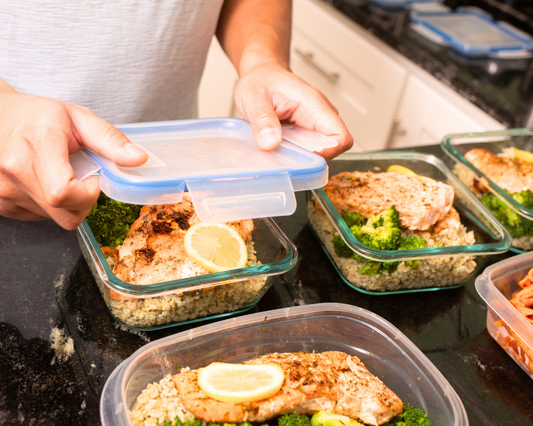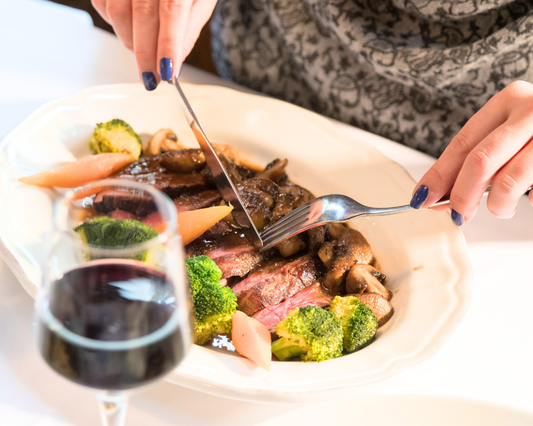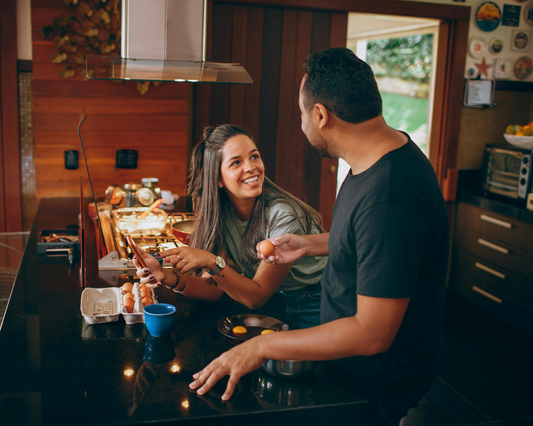Smoking meat is one of the oldest cooking methods known to humanity, and it’s come a long way from the days of open fires and wooden huts. Today, backyard smoking is more popular than ever, offering rich, bold flavours and mouth-watering tenderness that can’t be beat. Whether you're an aspiring pitmaster or a curious foodie, this guide will walk you through everything you need to know to start smoking meat at home with a smoker—Canadian style.
Why Smoke Meat?
Smoking meat is more than just cooking—it’s a tradition and an experience. It infuses meat with complex flavours, preserves it naturally, and creates textures that grilling or roasting simply can’t replicate. Whether you’re smoking brisket, ribs, salmon, or even cheese, the smoker unlocks an entirely new world of culinary possibilities.
Choosing the Right Smoker
There are several types of smokers available, each with its own benefits and learning curves. Here’s a breakdown of the most common types:
1. Charcoal Smokers
Charcoal smokers are beloved for the authentic smoky flavour they impart. They take more time and attention, but many purists say the results are worth it. Examples include the Weber Smokey Mountain and barrel smokers.
2. Electric Smokers
These are ideal for beginners. Simply plug them in, set your temperature, and let the smoker do the work. While they don’t offer as intense a smoke flavour as charcoal or wood, they’re convenient and consistent.
3. Propane Smokers
Gas smokers strike a balance between ease of use and good smoke flavour. They heat quickly and allow for steady temperature control.
4. Pellet Smokers
Pellet grills use compressed wood pellets as fuel and operate with electronic temperature controls. They offer excellent flavour and convenience, but they tend to be pricier.
5. Offset Smokers
These are classic, professional-grade smokers with a separate firebox attached to the side. They require more attention and skill but deliver deep, rich flavour when used properly.
Must-Have Tools and Supplies
To get started, you’ll need more than just a smoker. Here’s a basic list of tools and supplies for a smooth experience:
-
Meat thermometer: Essential for tracking internal temperatures.
-
Wood chips, chunks or pellets: Depending on your smoker, choose wood for flavour (more on this below).
-
Water pan: Helps regulate temperature and adds moisture.
-
Tongs and heat-resistant gloves: Safety first.
-
Foil or butcher paper: Useful for wrapping meat during long cooks.
-
Spray bottle: For keeping meat moist during smoking with apple juice, vinegar, or broth.
Choosing the Right Wood
Different woods give off different smoke flavours. Here are some popular options used in Canada and their recommended pairings:
-
Hickory: Strong and bacon-like. Ideal for pork and ribs.
-
Mesquite: Intense and earthy. Best for beef or game meats.
-
Applewood: Mild and fruity. Great for poultry and pork.
-
Maple: Subtle sweetness. Excellent for ham, poultry, or veggies.
-
Cherry: Sweet and mild. Pairs nicely with almost everything.
-
Alder: Light and delicate. Traditional choice for smoked salmon.
Tip: Avoid using softwoods like pine or cedar—they produce resinous smoke that can ruin the taste and even pose health risks.
Prepping the Meat
Meat preparation depends on the cut and your personal preference. Here are general steps:
1. Trimming
Trim excess fat from larger cuts like brisket or pork shoulder. Too much fat can inhibit smoke penetration.
2. Dry Rub or Marinade
Apply a spice rub or marinate the meat a few hours—or even overnight—before smoking. Common rub ingredients include salt, black pepper, paprika, garlic powder, and brown sugar.
3. Brining (Optional)
For poultry, especially turkey or chicken, consider brining to retain moisture and enhance flavour.
The Smoking Process
Here’s how to smoke meat from start to finish:
Step 1: Preheat the Smoker
Start by preheating your smoker to the desired temperature. Most smoking is done between 225°F and 250°F (that’s roughly 107°C to 121°C). Fill the water pan if using one.
Step 2: Add Wood
Add your chosen wood to the firebox or tray. Don’t overdo it—too much smoke can make the meat bitter. You want thin, blue smoke—not thick white clouds.
Step 3: Place the Meat
Put the meat on the grates, fat side up so the juices can self-baste. Make sure there’s space around each piece for even smoke circulation.
Step 4: Monitor Temperature
Keep an eye on both smoker and meat temperatures. Use a digital meat thermometer for accuracy. Avoid opening the lid too often—each peek can drop the internal temperature significantly.
Step 5: Spritz and Wrap (Optional)
For long smokes (like brisket), spritz the meat every hour or two to prevent drying out. When the meat reaches a certain point (usually around 160°F / 71°C), you can wrap it in foil or butcher paper to preserve moisture and push it through the “stall.”
Step 6: Check for Doneness
Doneness isn’t just about temperature—it’s also about texture. For example:
-
Brisket: 195–205°F (90–96°C). Should feel like a knife through butter.
-
Pork shoulder: 195–205°F (same).
-
Chicken: 165°F (74°C) in the thickest part.
-
Ribs: Meat should pull back from the bones and pass the “bend test.”
Resting and Serving
Once the meat is done, let it rest for at least 15–30 minutes. Resting allows juices to redistribute, resulting in a juicier bite.
Slice against the grain when serving meats like brisket or flank steak to maximize tenderness.
Common Pitfalls to Avoid
-
Too much smoke: More is not always better. Mild, consistent smoke over time yields the best flavour.
-
Skipping rest time: Cutting into hot meat too soon can lead to dryness.
-
Not tracking temps: Guesswork can ruin hours of work. Invest in a reliable thermometer.
-
Opening the lid too much: Every time you open the smoker, you lose heat and smoke.
Canadian Considerations
Canada's weather can pose a unique challenge to outdoor smoking. In colder months, your smoker may need more fuel and insulation to maintain consistent temps. Consider using a windbreak, thermal blankets, or smoke closer to summer.
Local meat and wood also matter. Support Canadian butchers and look for native wood varieties like maple or alder for an authentic northern flavour.
Smoking meat isn’t just a cooking method—it’s a rewarding ritual. It teaches patience, care, and appreciation for quality ingredients. While it may seem intimidating at first, each smoke builds your confidence and refines your skills. With this guide in hand and a little practice, you’ll be proudly serving up smoked ribs, pulled pork, and brisket that rival any southern BBQ joint—right in your Canadian backyard.
So go ahead—fire up that smoker, pour yourself a cold drink, and enjoy the slow, satisfying journey of smoked meat.











